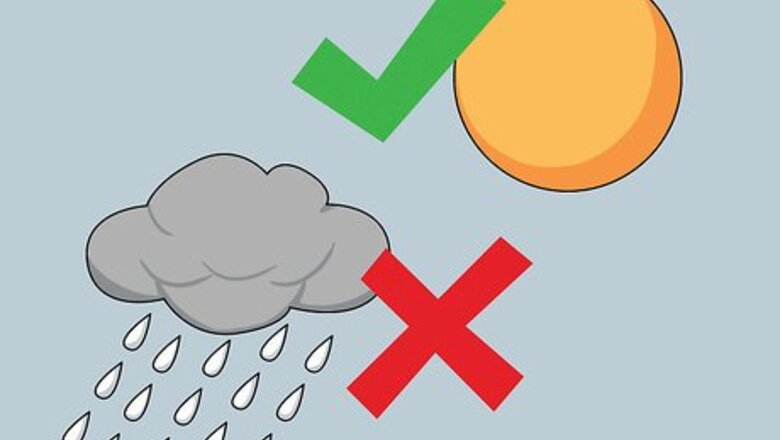
views
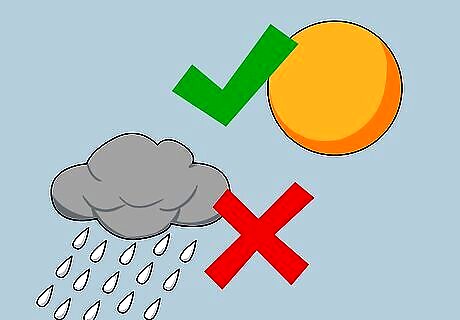
Make sure the weather is good. If you open the nest box when it's cold or raining, you may chill the babies.
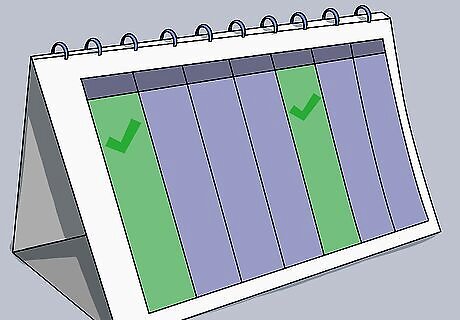
Check infrequently to allow the birds space. Some birds are more tolerant of humans than others and some birds have a very keen sense of smell and will be terrified by your presence. You'll need to learn about each species' needs specifically but on the whole it is recommended that you only check twice a week to avoid abandonment of the nestbox and potentially of the babies.
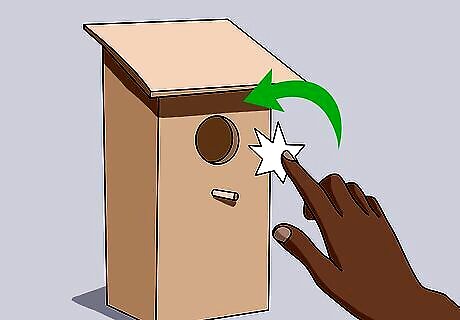
Alert the birds. Before you open the nest box, make sure the birds know you're there, since a startled bird may fly into your face. Just tap lightly on the box or call.
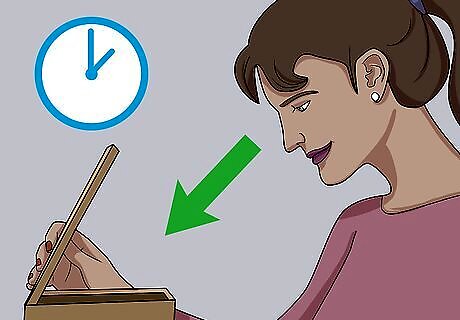
Open the box and quickly check. Do this quickly, so as to not agitate the parents or terrify the babies. Spend no longer than a minute checking, less time if possible. Don't be scared if the parents dive at you. They're just defending the nest.
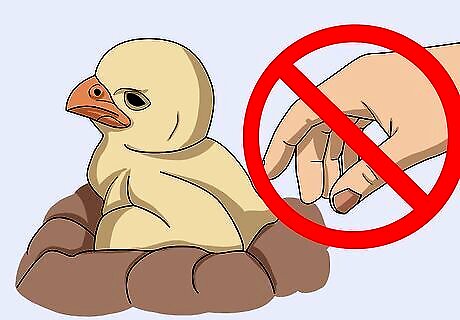
Don't touch baby birds unless absolutely necessary. You may scare them to death, as you look, seem or smell like a huge predator to them.
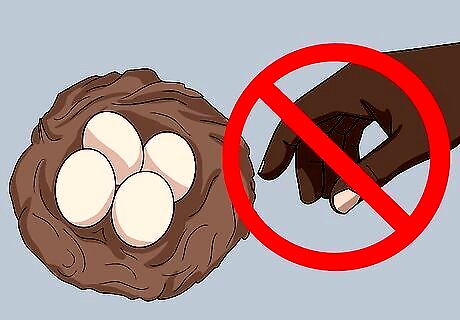
Don't touch eggs or even move them. Eggs are very delicate. The oil on your fingers may damage the shell, and some eggs are very fragile.
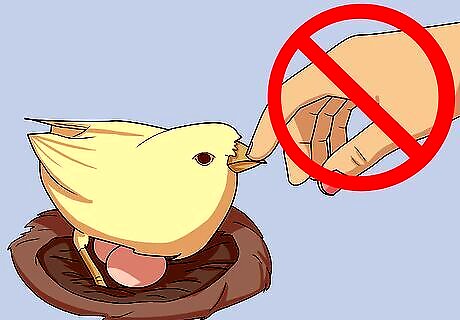
If a bird is sitting on eggs, don't disturb it. Moving may stress the parent.
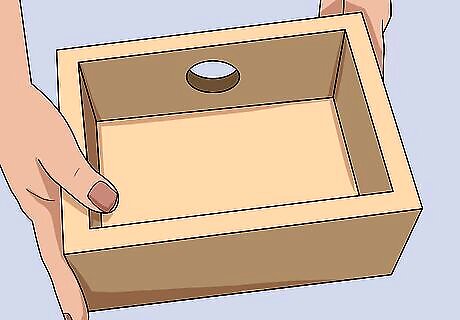
Check the nest. There may be parasites such as wasps and their nests, intruders such as frogs, reptiles or mammals, or a dead baby bird. Remove unhatched eggs and dead babies to keep a nest clean. If there is an intruder, deal with it as best you can or seek professional advice. Even if the birds are no longer there, they may return to find the intruder, so remove the invader to somewhere else or to a nest box of its own.
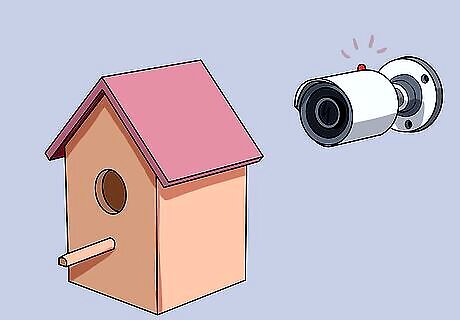
Consider setting up a more sophisticated method of continual observation. If you're good with electronics and computers, why not make use of cheaply available modern technology to rig up camera surveillance inside the nest box and have the images fed back to your computer. This will allow you to check on the birds' activity from the comfort of your desk without having to disturb them unless truly necessary. If you're not sure what to do, seek advice from an online bird watcher's forum or ask a retailer for advice on setting up such a monitoring device. When setting this up, do it outside of the breeding season, so that the birds are not disturbed. If you notice damage to the nest box itself, make repairs immediately and as quietly and non-intrusively as possible. Temporary fixes that don't disturb are better than longer term ones that can frighten the birds; leave more complicated repairs until after the babies have grown and left.
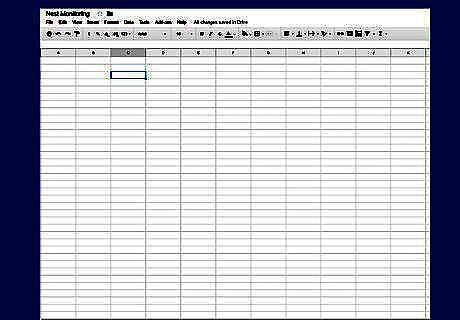
Consider keeping a spreadsheet to record progress. If you want to compare progress from year to year, key in relevant information on a computer log to allow you to do this. Over time, such information could prove useful for scientists working with native bird recovery programs.


















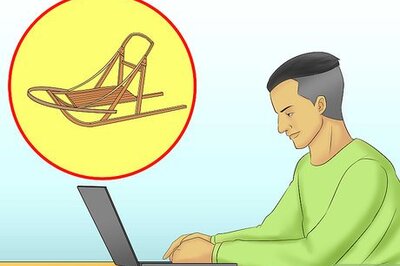

Comments
0 comment